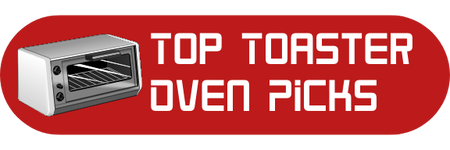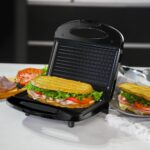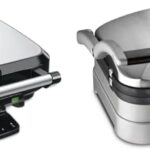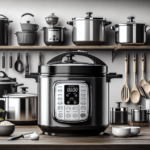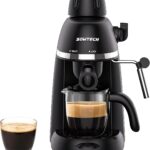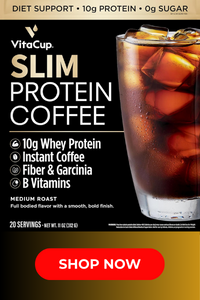So, you’re sitting at your favorite coffee shop, trying to decide what to order. The barista rattles off a list of options, including espresso shots and cups of coffee. But here’s the thing – you’re not sure how much caffeine is in each one. Should you go for the intense, concentrated kick of espresso or stick with a regular cup of coffee? In this article, we’ll break down the caffeine content in espresso shots and cups of coffee, so you can make an informed decision next time you’re in need of a caffeine fix.
Coffee Caffeine Content
Understanding Caffeine
Caffeine is a naturally occurring stimulant found in various plants, including coffee beans. It acts as a central nervous system stimulant, which means it can increase alertness and reduce fatigue. Understanding the caffeine content in coffee and espresso can help you make informed choices about your caffeine intake.
Caffeine in Coffee
Coffee is one of the most popular caffeinated beverages worldwide, known for its rich flavor and energizing effects. The caffeine content in coffee can vary depending on several factors, such as the type of coffee bean, roast level, brewing method, and serving size.
Caffeine in Espresso
Espresso, on the other hand, is a concentrated form of coffee that is made by forcing hot water through finely ground coffee beans using high pressure. Due to the brewing method and smaller serving size, espresso generally contains higher amounts of caffeine per ounce compared to regular brewed coffee.
Factors Affecting Caffeine Content
Several factors influence the caffeine content in both coffee and espresso. These include the type of coffee bean used, the roast level, brewing time and extraction, water temperature, and grind size. Understanding these factors can help you tailor your caffeine intake to your specific preferences and needs.
Standard Cup of Coffee
Measuring a Cup of Coffee
When you think of a “cup” of coffee, you might envision a standard 8-ounce mug. However, in the context of measuring caffeine content, a “cup” of coffee is considered to be around 5 ounces. It’s important to note that serving sizes can vary depending on the country and coffee establishment.
Average Caffeine Content
The caffeine content in a standard cup of coffee (5 ounces) usually ranges from 80 to 100 milligrams. However, it’s crucial to remember that this is just an average, and the actual caffeine content can vary based on the brewing method and other factors.
Variations in Caffeine Levels
It’s worth noting that different coffee beans and blends can have varying levels of caffeine content. For example, light roast coffee generally contains slightly more caffeine compared to dark roast coffee. Additionally, specialty coffee beans and single-origin coffees may have unique caffeine profiles, offering different levels of stimulation.
Brewing Methods and Caffeine Extraction
The brewing method you use can also affect the caffeine extraction from the coffee grounds. For instance, drip coffee brewing typically yields less caffeine extraction compared to methods like French press or espresso. Understanding the brewing methods’ impact on caffeine content can help you choose the right brewing technique based on your caffeine needs.
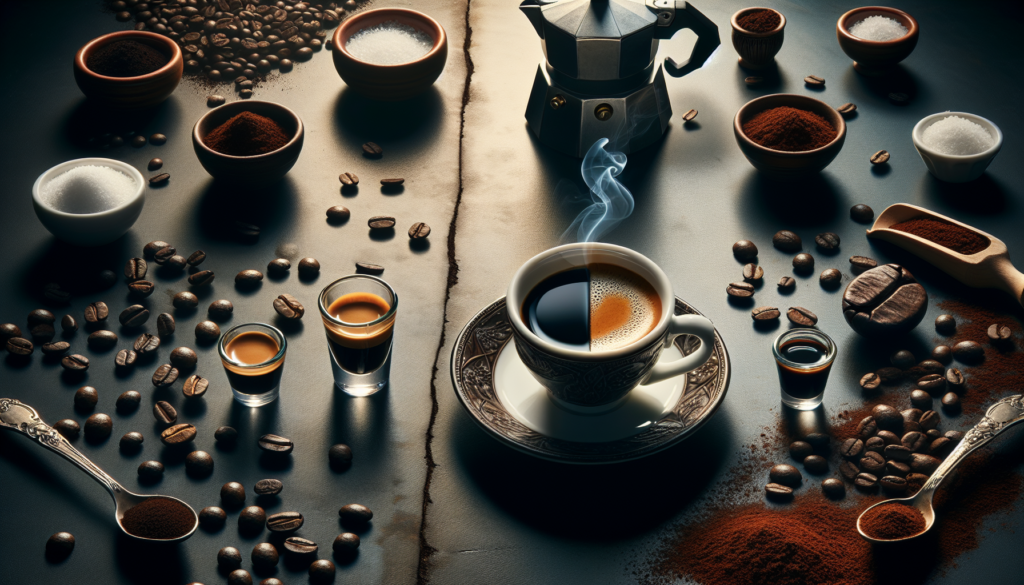
Espresso Shots
What is Espresso?
Espresso is a concentrated form of coffee that is brewed using high pressure and finely ground coffee beans. The result is a dense and flavorful beverage that is often enjoyed in small servings. Espresso shots form the foundation of various popular espresso-based drinks like lattes and cappuccinos.
Typical Number of Espresso Shots
A typical espresso shot is usually around 1 ounce in volume. However, it’s common for espresso beverages to be made with multiple shots, depending on the desired strength and serving size. The number of espresso shots can vary from one to four or more, depending on personal preference and the intended drink.
Caffeine Content in Espresso Shots
Due to the concentrated nature of espresso, each espresso shot typically contains approximately 63 milligrams of caffeine. This means that a single shot of espresso can have a similar caffeine content to a standard cup of coffee. However, the total caffeine intake can significantly differ based on the number of shots used in an espresso-based drink.
Single Shot vs. Double Shot
When ordering espresso drinks, you may come across options like “single shot” or “double shot.” A single shot typically refers to one ounce of espresso, while a double shot is two ounces. The caffeine content doubles when you opt for a double shot, making it a preferred choice for those seeking a stronger caffeinated beverage.
Comparison: Espresso Shots vs. Cup of Coffee
Caffeine Content Comparison
While a single espresso shot and a standard cup of coffee might have similar caffeine content on average, it’s essential to consider the serving sizes. An espresso shot is usually much smaller than a cup of coffee, so the total caffeine intake can vary significantly based on the number of shots consumed.
Caffeine Absorption Rate
The concentrated nature of espresso allows for a faster caffeine absorption rate compared to a cup of coffee. This means that the effects of espresso shots may be felt more quickly, providing a sudden burst of energy. Conversely, the caffeine in a cup of coffee is generally absorbed more gradually, resulting in a more sustained effect.
Effects of Espresso Shots vs. Coffee
The effects of espresso shots and coffee can vary from person to person, depending on factors such as personal tolerance and sensitivity. Some may find that espresso shots offer a more intense and immediate energizing effect, while others may prefer the slower release of caffeine from a cup of coffee.
Personal Tolerance and Sensitivity
It’s important to be aware of your own caffeine tolerance and sensitivity when deciding between espresso shots and coffee. Factors such as age, weight, metabolism, and overall health can influence how your body responds to caffeine. Start with smaller amounts and gradually increase if needed, paying attention to any adverse effects or signs of caffeine overload.
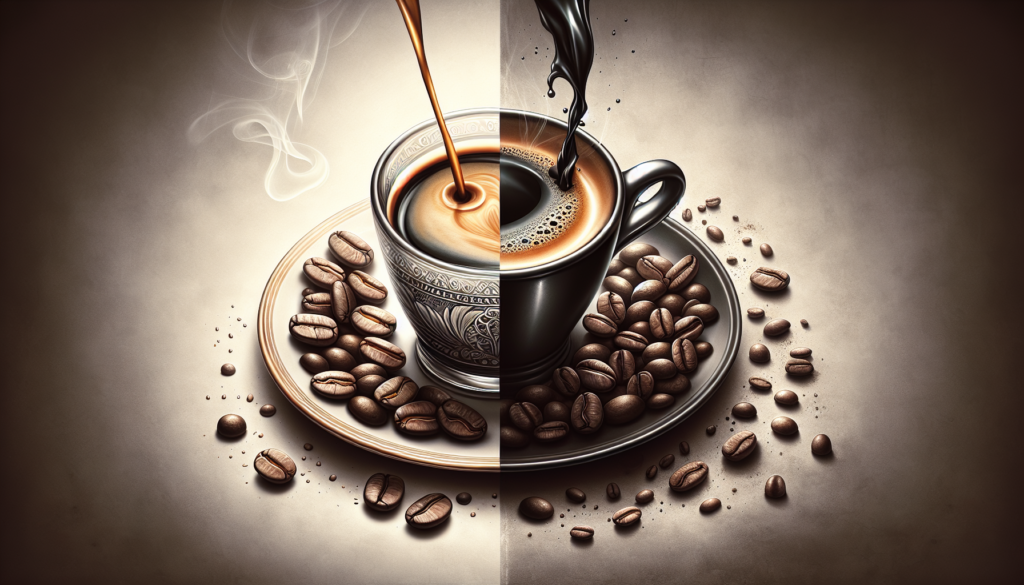
Factors Affecting Caffeine Levels
Bean Type and Roast
The type of coffee bean used and the level of roast can influence the caffeine content. For example, Robusta beans generally contain more caffeine compared to Arabica beans. Similarly, light roast coffee is typically higher in caffeine compared to dark roast coffee due to the shorter roasting time.
Brewing Time and Extraction
The brewing time and extraction process also play a role in caffeine levels. Longer brewing times, such as in cold brew coffee, can extract more caffeine from the grounds compared to quicker brewing methods. Similarly, espresso shots, with their high-pressure extraction process, result in higher caffeine concentration compared to standard brewing methods.
Water Temperature
The temperature of the water used during brewing affects caffeine extraction. Hotter water generally leads to more efficient extraction, resulting in higher caffeine levels. However, excessively hot water can also impact the flavor profile of the coffee, so finding the right balance is essential.
Grind Size
The size of the coffee grounds influences the surface area available for extraction. Finely ground coffee has a larger surface area, allowing for more efficient caffeine extraction compared to coarsely ground coffee. Adjusting the grind size based on brewing method and personal taste preferences can help optimize caffeine extraction.
Health Considerations
Safe Caffeine Consumption Levels
While moderate caffeine consumption is generally considered safe for most individuals, it’s important to be aware of recommended daily limits. The FDA recommends a maximum daily caffeine intake of 400 milligrams, which is equivalent to approximately 4 cups of coffee or 4 shots of espresso. However, personal sensitivity, underlying health conditions, and medication interactions should also be taken into account.
Individual Sensitivity
Each individual may have a unique sensitivity and response to caffeine. Some people may experience side effects such as increased heart rate, jitters, anxiety, or difficulty sleeping with even small amounts of caffeine. Paying attention to your body’s signals and adjusting your caffeine intake accordingly is crucial for maintaining overall well-being.
Caffeine’s Impact on Health
Caffeine can have both positive and negative effects on health. On the positive side, moderate caffeine intake has been associated with improved alertness, mental focus, and athletic performance. However, excessive caffeine consumption or sensitivity to caffeine can lead to adverse effects such as irritability, digestive issues, increased heart rate, and difficulty sleeping.
Moderation and Balance
Maintaining a balanced approach to caffeine consumption is key. It’s important to listen to your body, be aware of your personal limits, and prioritize overall wellness. Balancing caffeine intake with other healthy habits, such as regular exercise, quality sleep, and a nutritious diet, can contribute to a healthier lifestyle.
Choosing the Right Beverage
Preferences and Taste
When choosing between espresso and coffee, consider your personal preferences and taste preferences. Coffee offers a wider range of flavors and profiles due to different bean types and brewing methods. On the other hand, espresso provides a concentrated and intense flavor experience, perfect for those who enjoy strong and rich coffee.
Caffeine Needs and Effects
Understanding your caffeine needs and how you respond to different levels of stimulation can also help guide your beverage choice. If you prefer a quick energy boost and don’t mind a strong taste, espresso shots may be more suitable. However, if you enjoy a milder taste and prefer a slower release of caffeine, a cup of coffee might be a better option.
Morning Routine vs. On-the-go
Consider your daily routine and lifestyle when selecting your beverage. If you have the time to sit and savor your morning drink, a cup of coffee might be a more enjoyable choice. However, if you’re constantly on the move and need a convenient caffeine fix, espresso shots or espresso-based beverages like lattes or macchiatos can provide a quick and energizing solution.
Social and Cultural Factors
Social and cultural factors can also influence your beverage choice. Coffee has long been associated with socialization, with coffee shops serving as gathering places for friends and colleagues. On the other hand, espresso has its own cultural significance, particularly in countries like Italy, where the espresso tradition is deeply rooted.
Alternatives to Coffee and Espresso
Decaffeinated Coffee
Decaffeinated coffee offers a caffeine-free alternative for those who enjoy the taste and ritual of coffee but want to avoid the stimulant effects. Decaf coffee is made by removing most of the caffeine from the coffee beans, resulting in a beverage with minimal caffeine content. It allows you to enjoy the flavor without the buzz.
Tea
Tea is another popular caffeinated alternative to coffee and espresso. While the actual caffeine content in tea can vary depending on the type and brewing method, it generally contains less caffeine than coffee. Tea offers a range of flavors and health benefits, making it a versatile and comforting choice for many.
Energy Drinks
For those seeking a potent energy boost, energy drinks provide a highly caffeinated option. These beverages often contain additional ingredients like taurine and B-vitamins, which can further enhance alertness and energy levels. However, it’s essential to consume energy drinks in moderation and be mindful of their overall impact on health.
Alternative Caffeine Sources
If you’re looking for different sources of caffeine, other options include dark chocolate, certain soft drinks, and even some medications. However, it’s important to be aware of the total caffeine intake from multiple sources and consider any potential interactions with medications or personal health conditions.
Different Espresso Beverages
Latte
A latte is a popular espresso-based beverage that combines a shot (or multiple shots) of espresso with steamed milk and a thin layer of milk foam on top. Lattes offer a milder and creamier taste compared to straight espresso, making them a popular choice for those who enjoy a gentler flavor profile.
Cappuccino
Cappuccino is another classic espresso beverage that consists of equal parts espresso, steamed milk, and milk foam. It provides a balanced combination of strong espresso flavor and creamy milk texture. Cappuccinos are often served in smaller cups and are known for their visually appealing layered appearance.
Macchiato
Macchiato, which means “stained” in Italian, is an espresso-based drink consisting of a shot of espresso “stained” with a small amount of steamed milk or milk foam. This results in a bolder and more concentrated flavor compared to lattes or cappuccinos, making it a favorite among espresso purists.
Americano
An Americano is a diluted espresso drink that consists of a shot of espresso combined with hot water. This results in a beverage that has a taste reminiscent of regular brewed coffee but with a more intense flavor profile. Americanos are a great option for those who enjoy the familiar taste of coffee but prefer the caffeine content and preparation method of espresso.
Conclusion
Whether you prefer a cup of brewed coffee or a shot of intense espresso, understanding the caffeine content and the factors that influence it can help you make the right beverage choice. From the type of bean to the brewing method, various factors contribute to the caffeine levels in your chosen drink. Ultimately, it’s crucial to consider your own preferences, caffeine needs, and health considerations when selecting a beverage. With moderation and balance, you can enjoy the stimulating effects of caffeine while savoring the flavors and rituals that make coffee and espresso beloved beverages worldwide.
